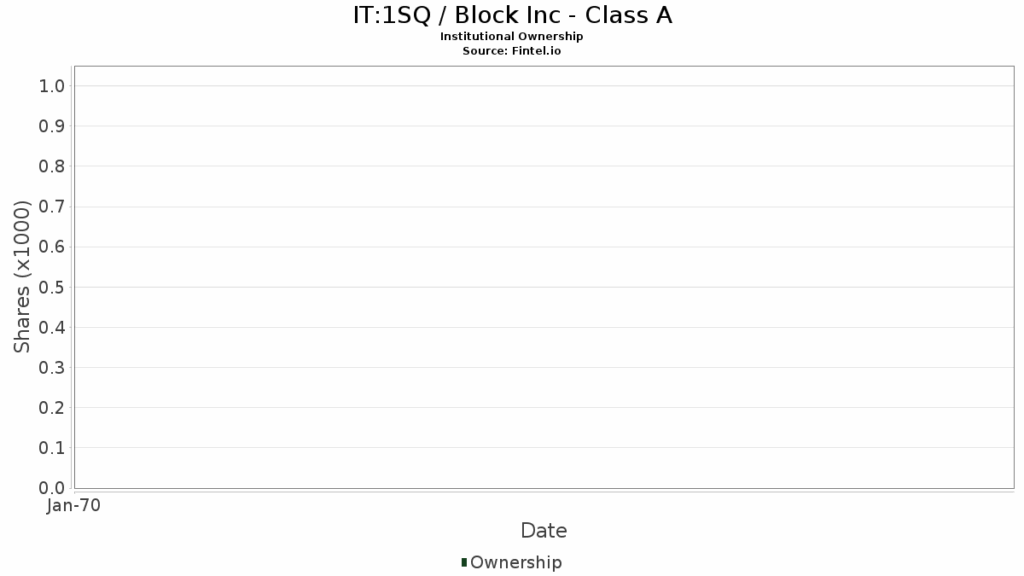Dollar Index Declines Amid US-China Trade Talks and Payroll Data
The dollar index (DXY00) fell by -0.26% on Friday, responding to a decrease in safe-haven demand. Reports of potential trade discussions between the US and China bolstered stock market optimism, which enhanced risk sentiment. The dollar also weakened following April’s average hourly earnings increase of less than anticipated, influencing a dovish outlook for Federal Reserve policy. However, the dollar received support from rising Treasury note yields, alongside March factory orders indicating their largest increase in eight months and stronger-than-expected April nonfarm payrolls, both positive indicators for Fed policy.
In April, US nonfarm payrolls increased by +177,000, surpassing the expected +138,000. However, March nonfarm payrolls were revised downward by 43,000 jobs, settling at +185,000 from the previously reported +228,000. The unemployment rate for April remained stable at 4.2%, meeting forecasts.
In April, average hourly earnings rose by +0.2% month-over-month and +3.8% year-over-year, slightly below expectations of +0.3% month-over-month and +3.9% year-over-year.
Additionally, March factory orders reported a notable increase of +4.3% month-over-month, marking the largest rise in eight months.
China’s Commerce Ministry is considering the possibility of trade talks with the US, stating, “The US has recently sent messages to China through relevant parties, hoping to initiate trade discussions.”
Currently, markets are anticipating only a 2% probability of a -25 basis point rate cut following the May 6-7 Federal Open Market Committee (FOMC) meeting, a significant drop from a 30% chance last week.
Euro Strengthens Amid Weaker Dollar and Positive Eurozone Data
On Friday, EUR/USD (^EURUSD) increased by +0.16%. The euro benefited from the weaker dollar, bolstered by favorable Eurozone economic indicators. Upward revisions to the core CPI and S&P manufacturing PMI reports, along with a stable unemployment rate at a record low, supported the euro’s gains.
The Eurozone’s April core CPI was adjusted upward to 2.7% year-over-year from the previous 2.4%. Similarly, the April S&P manufacturing PMI was revised to 49.0 from 48.7, showing improved sentiment. The unemployment rate remained unchanged at a historic low of 6.2% in March.
Swaps indicate a 95% chance of a -25 basis point rate cut by the European Central Bank (ECB) during its June 5 policy meeting.
Yen Gains Strength as Jobless Rate Rises
USD/JPY (^USDJPY) fell by -0.33% on Friday. The yen rebounded from a three-week low against the dollar, reflecting moderate gains. Short covering in the yen emerged after Japanese Finance Minister Kato mentioned that Japan’s Treasury holdings could play a role in trade discussions with the US. Repatriating these Treasury holdings into yen assets would provide support for the yen.
Despite this recovery, yen gains were limited due to an unexpected rise in Japan’s March jobless rate to 2.5%, a dovish indicator for Bank of Japan policy. The rally in the Nikkei Stock Index to a five-week high further diminished safe-haven demand for the yen. Additionally, higher Treasury note yields acted negatively for the yen.
Mixed Outcomes for Precious Metals
On Friday, June gold (GCM25) closed up +21.10 (+0.65%), while July silver (SIN25) fell -0.210 (-0.65%). Overall, precious metal prices ended the day mixed. The weaker dollar provided some support for precious metals, while geopolitical risks in the Middle East continued to drive safe-haven demand, particularly due to ongoing conflicts involving Israel, Hamas, and the US with Houthi forces.
However, optimism regarding a potential thaw in US-China trade relations and stronger-than-expected US payrolls data contributed to rising Treasury yields, which may hinder interest rate cuts from the Fed—an unfavorable condition for precious metals. The stock market rally also reduced safe-haven demands.
Silver prices found support from positive global economic indicators, including April’s stronger-than-expected US nonfarm payroll growth and significant increases in US factory orders. Furthermore, the upward revision of the Eurozone’s April S&P manufacturing PMI bolstered demand for industrial metals.
On the date of publication, Rich Asplund did not hold any positions, either directly or indirectly, in any of the securities mentioned. All data is provided for informational purposes only. Please view the Barchart Disclosure Policy here.
More news from Barchart
The views expressed herein are those of the author and do not necessarily reflect the opinions of Nasdaq, Inc.

